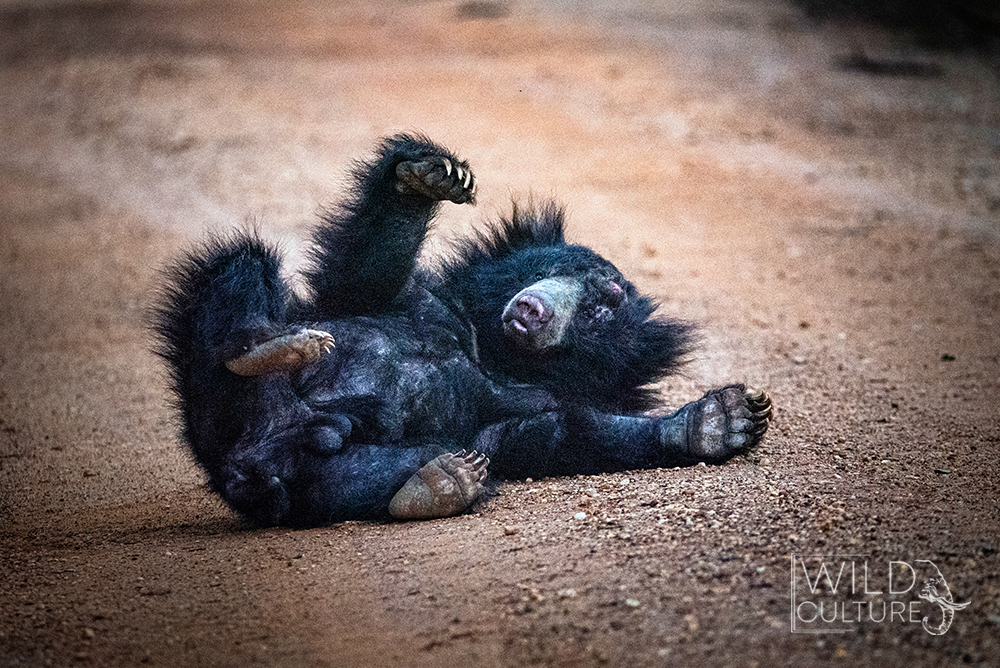
An Asiatic Sloth Bear recovers from consuming “palu fruit”, which make them intoxicated, which in turn means the bears love the fruit and consume it at every opportunity.
The sloth bear is myrmecophagous species of bear native to the Indian subcontinent. It feeds on fruits, ants and termites and is listed as “Vulnerable” on the IUCN Red List.
A Serpent Eagle about to take flight.
The Serpent Eagle is a medium-sized bird of prey found across tropical Asia, with many subspecies having been identified. They are reptile eaters and hunt for lizards and snakes over forests and close to wetlands. However, this species has been observed to prey on birds, amphibians, mammals and fish too.
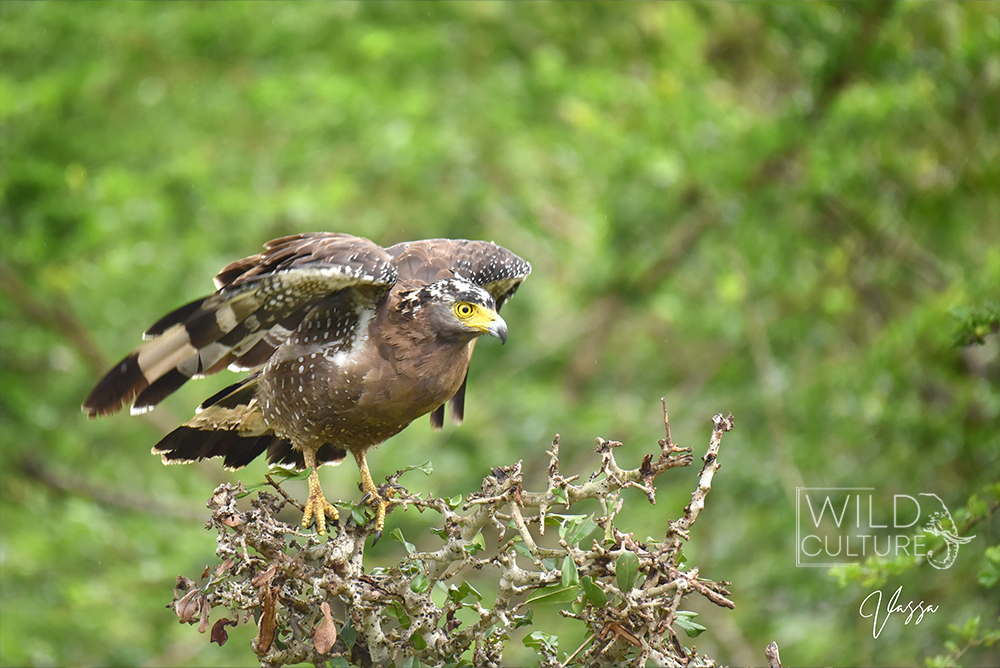

A Serpent Eagle about to take flight.
The Serpent Eagle is a medium-sized bird of prey found across tropical Asia, with many subspecies having been identified. They are reptile eaters and hunt for lizards and snakes over forests and close to wetlands. However, this species has been observed to prey on birds, amphibians, mammals and fish too.
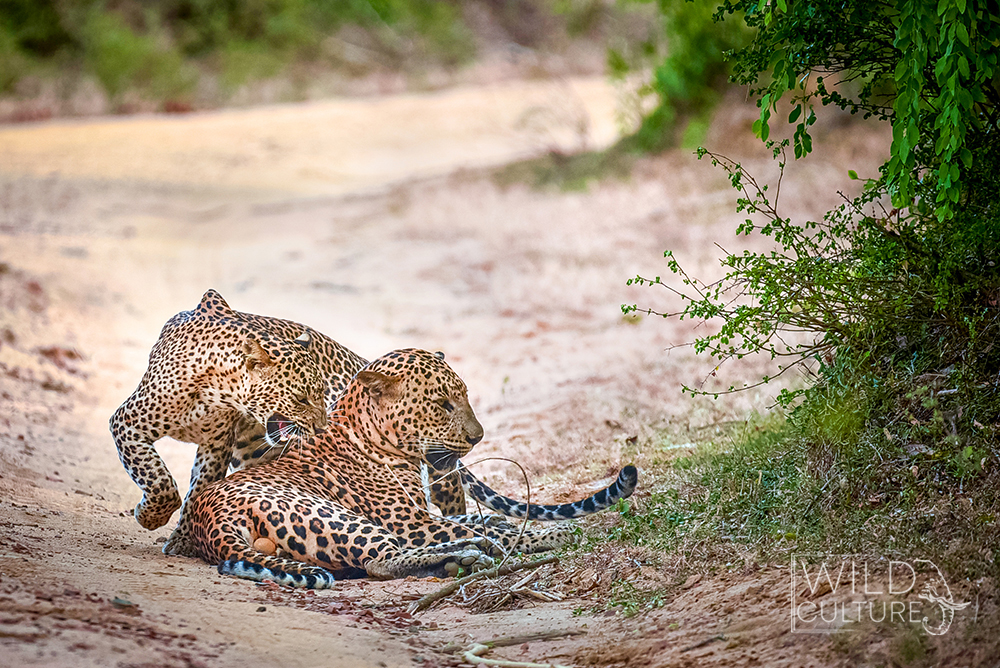
A pair of leopards engaging in a courtship ritual prior to mating.
The mating process is initiated by the female and takes place at the time she is in her prime for mating. The female will establish physical contact with a male leopard within her territory by rubbing herself against him.
As the heat picks up, a Leopard yawns.
During the heat of the afternoon, leopards will often take a much-needed snooze. This one appears to be preparing for one.
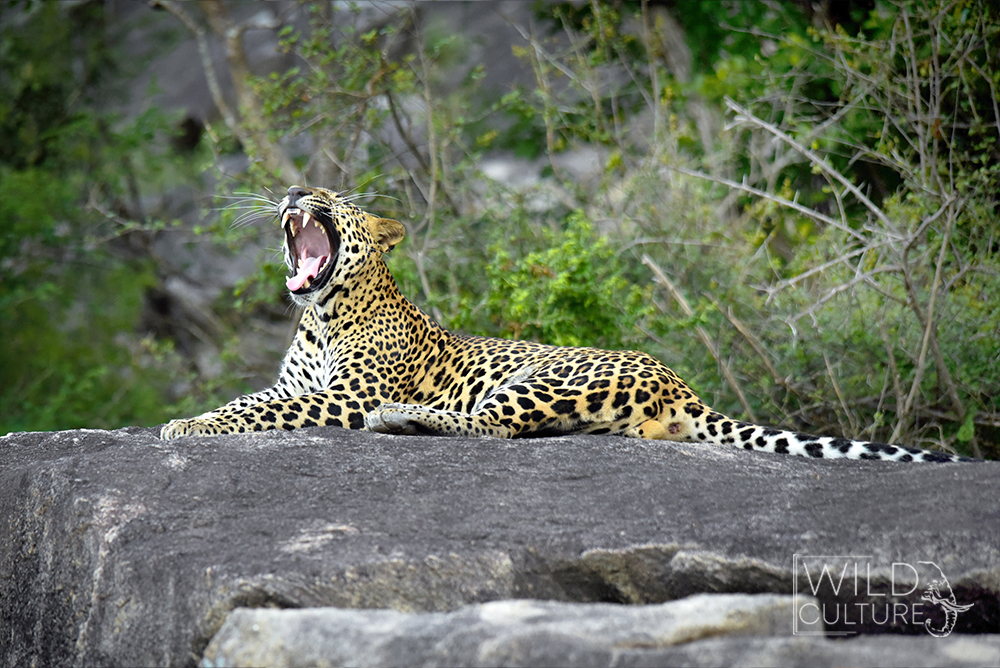

As the heat picks up, a Leopard yawns.
During the heat of the afternoon, leopards will often take a much-needed snooze. This one appears to be preparing for one.
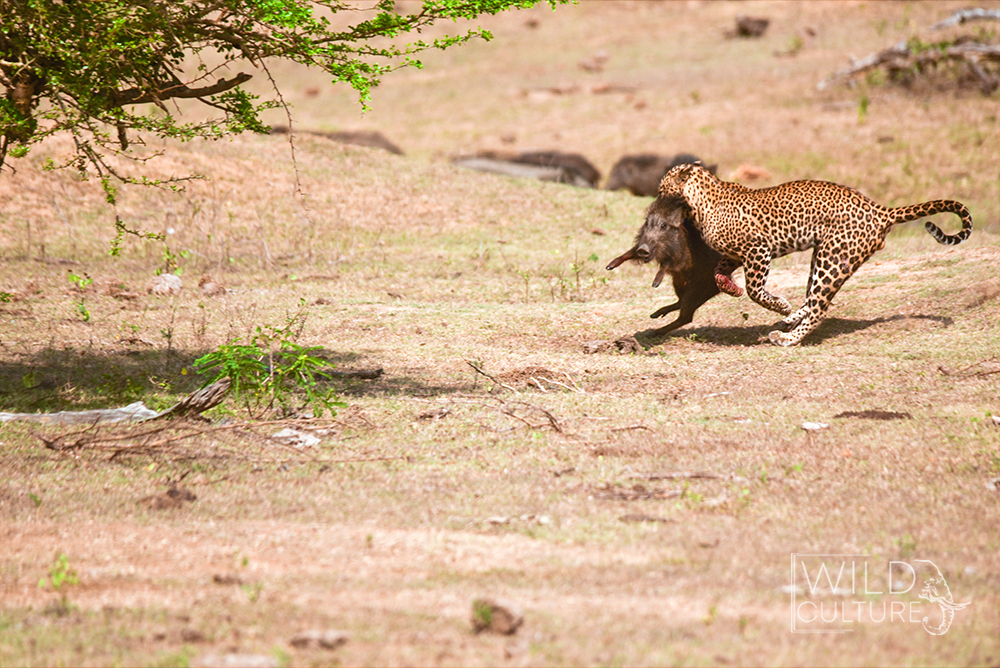
A leopard emerges with the kill of the day, a wild boar.
In nearly all habitats in Sri Lanka where they are found, the Sri Lankan Leopard is the apex predator and enjoys a position at the top of the food chain.
A leopardess and her cubs cool off and quench their thirst
The watering holes in the park are frequented by leopards as they quench their thirst and cool off in the heat.
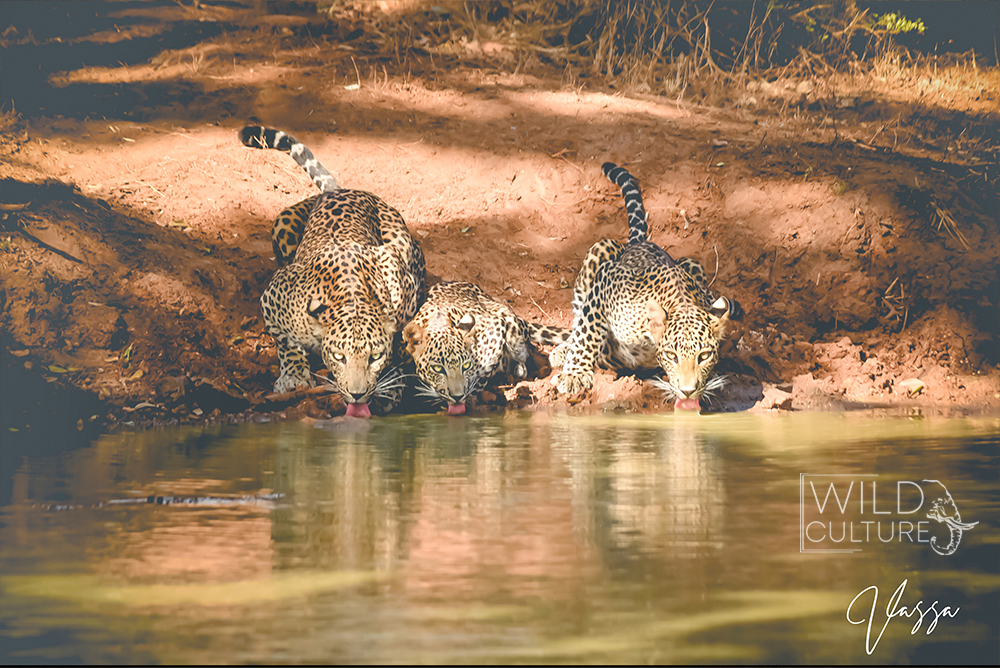

A leopardess and her cubs cool off and quench their thirst
The watering holes in the park are frequented by leopards as they quench their thirst and cool off in the heat.
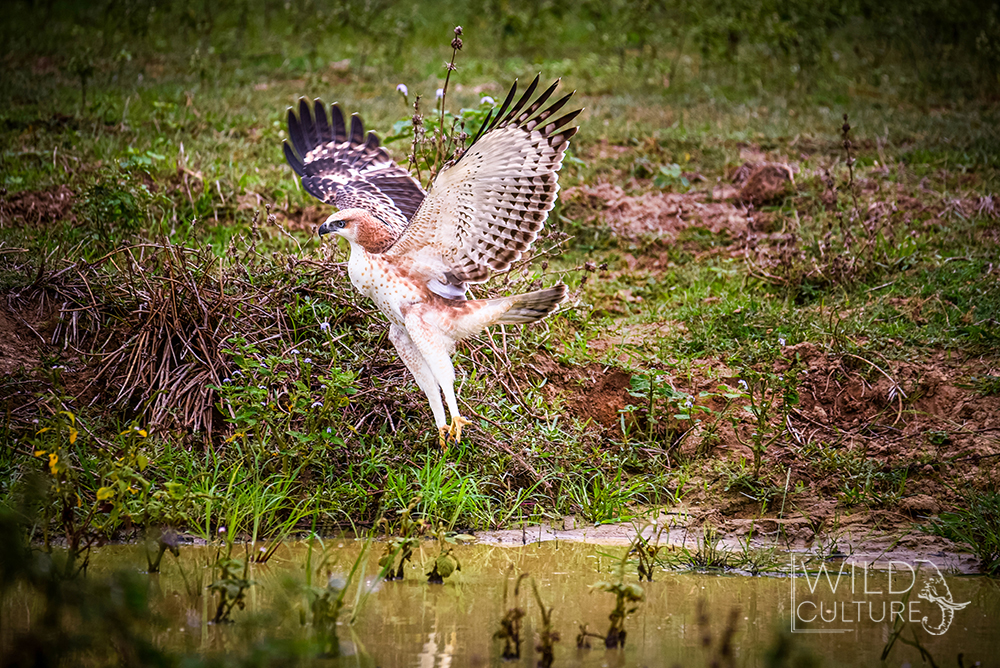
An eagle takes flight, probably off to soar in the blue sky or off to hunt.
Wild boars duel with each other
Sri Lankan Wild Boar are a subspecies of Wild Boar found in Sri Lanka and are known as “Sus scrofa affinis”. They can get pretty aggressive with each other. Males are particularly aggressive and often live in isolation, while females may form small groups known as “sounders”.
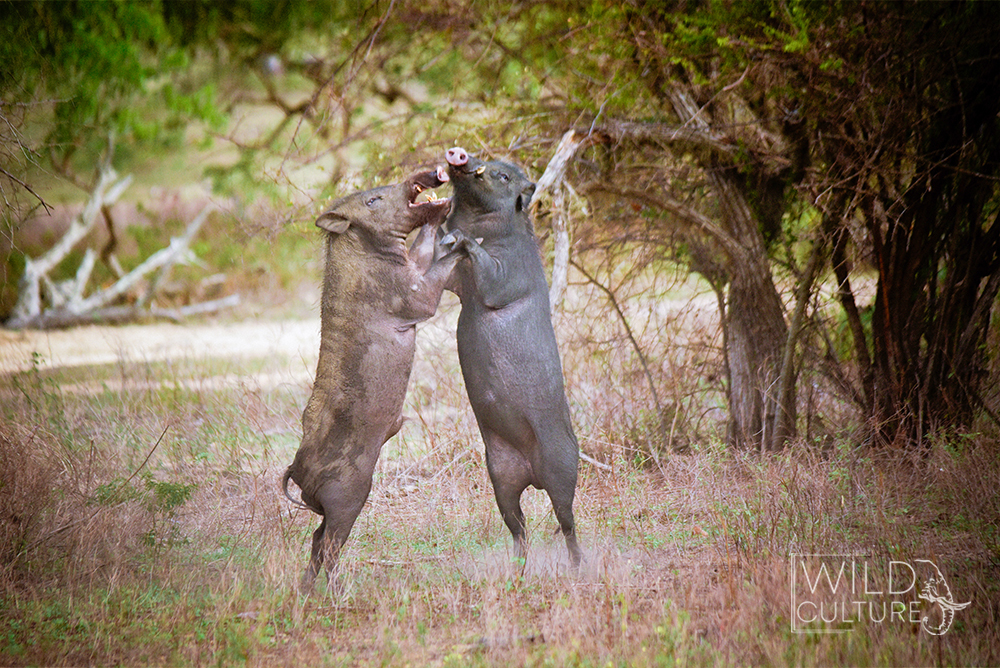

Wild boars duel with each other
Sri Lankan Wild Boar are a subspecies of Wild Boar found in Sri Lanka and are known as “Sus scrofa affinis”. They can get pretty aggressive with each other. Males are particularly aggressive and often live in isolation, while females may form small groups known as “sounders”.

Three leopard cubs enjoying each other’s company
As leopard cubs grow, they engage in active play with their filial peers, helping to acquire the skills and techniques they will need as the reach maturity.
Playful cub while the mother is drinking water
Mother leopards don’t leave their young alone for long, often taking them with them for activities other than hunting.
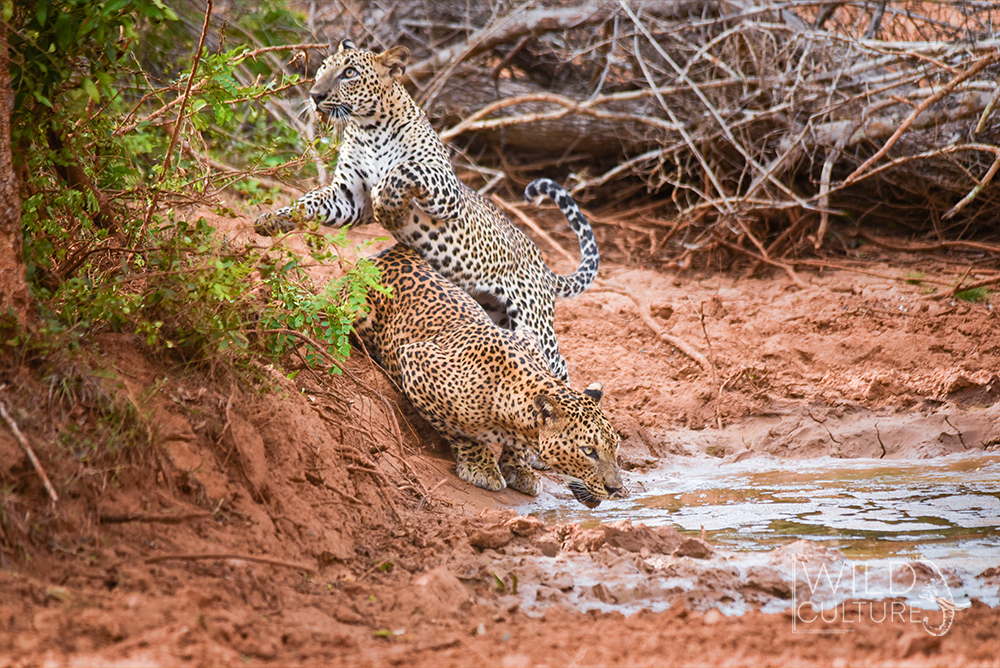

Playful cub while the mother is drinking water
Mother leopards don’t leave their young alone for long, often taking them with them for activities other than hunting.

